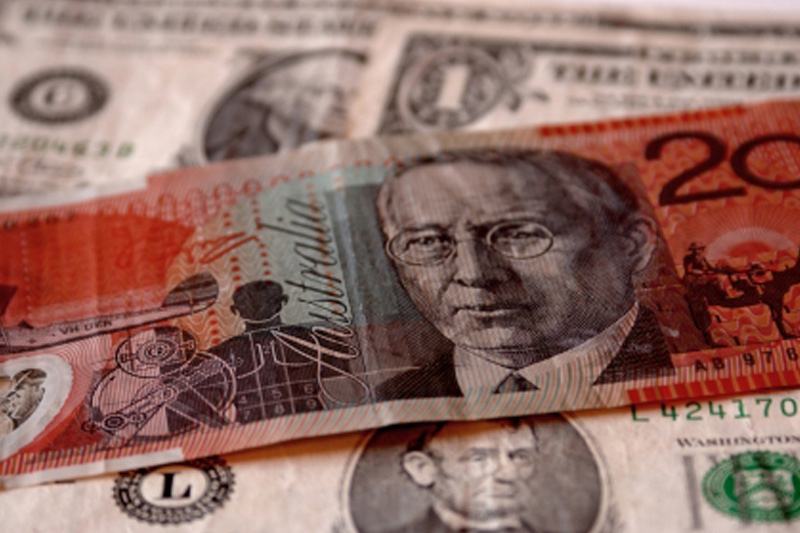By Gina Lee
Investing.com – The dollar was up on Friday morning in Asia. However, the safe-haven dollar remained below a one-year high as risk sentiment improved. The riskier Australian dollar traded near the three-week high that it hit during the previous session, when it gained 0.55% against its U.S. counterpart.
The U.S. Dollar Index Futures that tracks the greenback against a basket of other currencies inched up 0.01% to 94.233 by 10:37 PM ET (2:37 AM GMT).
The USD/JPY pair was up 0.25% to 111.87. Japanese data released earlier in the day showed that household spending contracted by a higher-than-expected 3% year-on-year and 3.9% month-on-month in August. The adjusted current account was at JPY1.04 trillion ($9.33 billion) while the current account was at JPY 1.666 trillion.
The AUD/USD pair inched up 0.06% to 0.7316 and the NZD/USD pair was up 0.34% to 0.6945.
The USD/CNY pair inched up 0.08% to 6.4502. China’s Caixin services purchasing managers index for September, released earlier in the day, was 53.4.
The GBP/USD pair inched down 0.01% to 1.3615.
The U.S. Senate voted on Thursday to temporarily lift the debt ceiling, thus averting a catastrophic debt default. Easing global energy prices also somewhat calmed stagflation concerns.
"The improvement in risk appetite favors pro-growth currencies, with safe-haven pairs the underperformers," National Australia Bank (OTC:NABZY) FX strategist Rodrigo Catril said in a note.
The Australian dollar has made "a decent go at breaking higher," but the test will be whether it can stay about $0.7315 following several failed attempts in 2021, the note added.
Investors also await the latest U.S. jobs report, which includes non-farm payrolls and is due later in the day. The data could impact the U.S. Federal Reserve's timetable for asset tapering, which it has said is likely to begin as soon as November 2021. The central bank could also hike interest rates in 2022.
Across the Atlantic, newly minted Bank of England Chief Economist Huw Pill said that inflation pressures were proving stickier than initially thought. His comments reinforced expectations for an interest rate hike by February 2022, and perhaps even as soon as 2021.
